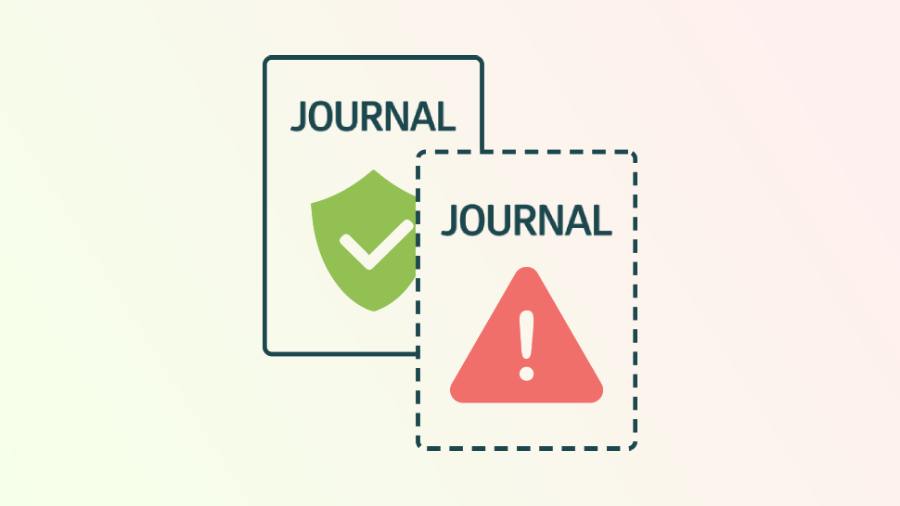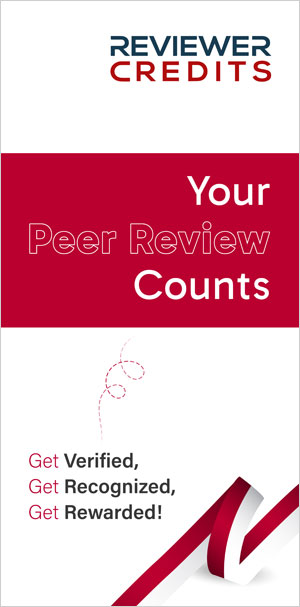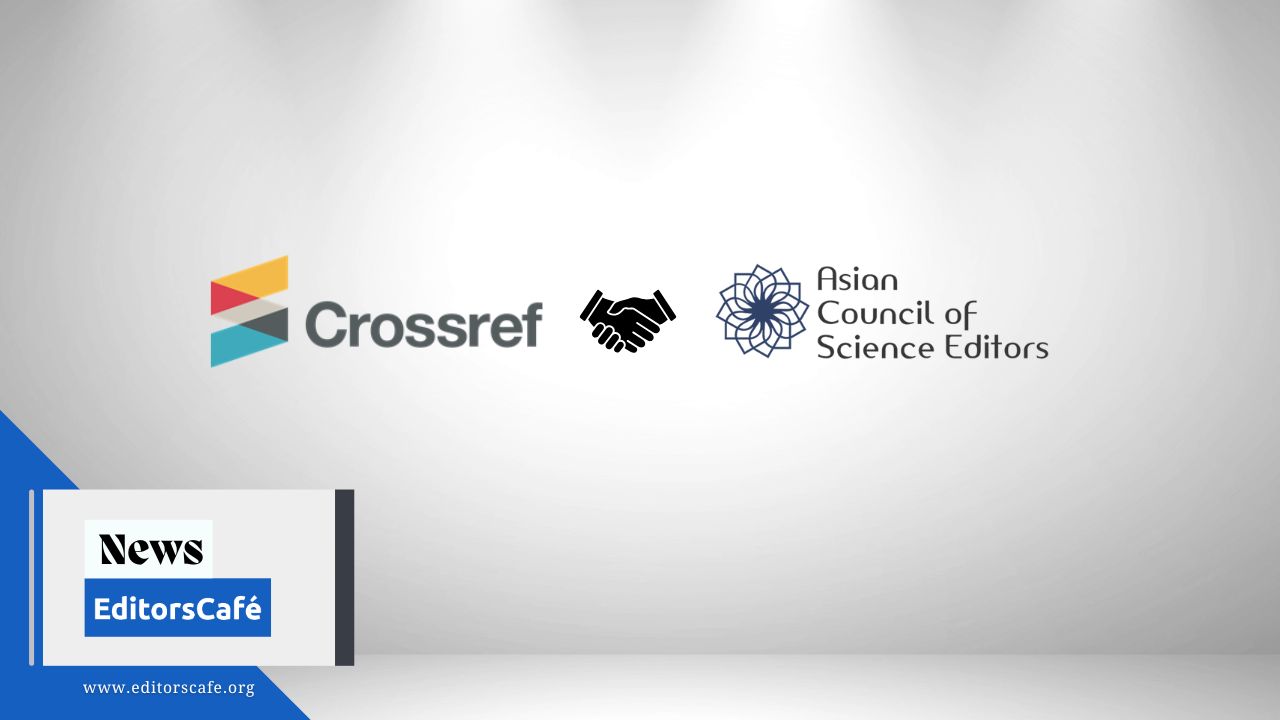The Rising Threat of Journal Hijacking and Cloned Websites in Scholarly Publishing: A Call to Action

In recent years, the scholarly publishing ecosystem has witnessed a troubling rise in journal hijacking, cloned journal websites, and the more recent phenomenon of index hijacking. These unethical and often illegal practices undermine the credibility of science, deceive authors, and erode trust in legitimate scholarly communication.
The threat is particularly acute for researchers in developing regions, where limited institutional support and digital literacy can make it difficult to distinguish between authentic journals and fraudulent imitations. With the growing use of generative AI to fabricate entire journal infrastructures, the risk is evolving at an alarming pace, demanding a coordinated, global response rooted in transparency, verification, and awareness.
What Is Journal Hijacking?
Journal hijacking occurs when bad actors create a fake website that mimics the identity of a legitimate academic journal. These counterfeit platforms are designed to exploit researchers' urgency to publish and often:
- Replicate the journal’s title, ISSN, and editorial board information
- Promise rapid publication without peer review
- Charge high article processing fees (APCs)
- Target early-career researchers via unsolicited emails or messaging apps
While these tactics may seem crude, their execution is often sophisticated enough to fool even experienced authors, leading to reputational damage, financial loss, and the spread of unvetted research.
Understanding Index Hijacking
Index hijacking is a newer and more subtle threat. It occurs when a cloned journal infiltrates trusted databases such as Scopus or the Web of Science and masquerades as a legitimate indexed journal. This can involve redirecting or replacing the genuine journal’s website link, manipulating metadata, or publishing fraudulent content under a reputable name.
A 2024 study published in the Journal of the Association for Information Science and Technology identified 67 hijacked journals listed in Scopus, with 41 still active as of late 2023. In one striking example, the cloned Journal of Hunan University Natural Sciences continued to publish fake content while retaining its indexed status an incident later reported by Retraction Watch.
AI and the Rise of Deep-Fake Journals
The growing accessibility of AI tools has made it easier than ever for fraudsters to build convincing fake journal ecosystems. These operations can now feature:
- AI-generated websites that visually replicate authentic journal platforms
- Fabricated editorial boards using the names and images of real scholars
- AI-written articles, reviewer reports, and editorial correspondence
- Crossref DOIs with legitimate-looking prefixes to mask the scam
In November 2024, Retraction Watch revealed a large-scale scam run by a group calling itself "Springer Global Publication." This operation cloned journals from major publishers, including Elsevier, Springer Nature, and the American Medical Association, using fake domains like sciencedirects.com and springer.uk.com, while assigning counterfeit DOIs under the prefix 10.70706.
Case in Focus: Bangladesh Journal of Pharmacology
A particularly concerning incident involved the Bangladesh Journal of Pharmacology (BJP), a respected journal of the Bangladesh Pharmacological Society. On May 21, 2025, a fake website, bdjpharmacol.com was launched, completely impersonating the real BJP.
The cloned version featured no legitimate editorial board, contacted authors via WhatsApp and email, collected APCs through an Indian bank account, and published articles within hours of submission, without any peer review or ethical oversight.
Despite efforts by the BJP’s editorial team to issue warnings, file takedown requests with GoDaddy, and notify indexing platforms, the fake site remained active. This case underscores how vulnerable even long-standing, reputable journals can be in the digital publishing age.
Immediate Steps for Journals Facing Hijacking
When a journal is targeted by hijackers, swift action is critical. Editorial teams should:
- Publish a public warning on the official journal website.
- Notify indexing platforms such as Scopus, Web of Science, and DOAJ to correct or delist the fraudulent entry.
- File a formal complaint with the domain registrar, citing copyright violations and fraud.
- Alert public platforms like Retraction Watch and the Hijacked Journal Checker.
- Communicate directly with affected authors and institutions to prevent reputational damage and misinformation.
Supporting organizations like the Asian Council of Science Editors (ACSE) can provide templates, checklists, and technical assistance to guide journals through these emergencies.
For Journals:
- Register multiple domain extensions (e.g., .org, .com, .net) to prevent impersonation
- Display trusted membership badges from COPE, INASP, or ACSE
- Maintain accurate and updated metadata in indexing databases
- Publish clear editorial and peer review policies
- Conduct regular awareness campaigns and training for contributors
For Authors:
- Verify journals through trusted directories like DOAJ, Web of Science Master List, or the Asian Science Citation Index (ASCI)
- Avoid journals that:
- Lack a visible editorial board
- Promise immediate or same-day publication
- Charge suspicious or excessive APCs
- Be especially cautious in high-risk regions
- Report questionable websites to university libraries, ethics committees, or public watchdogs
A Call to Action for Indexing Bodies and Scholarly Stakeholders
Addressing the growing threat of hijacked journals requires collective responsibility. Indexing services like Scopus and Web of Science must implement stricter verification processes and begin linking directly to original journal websites, a best practice already followed by the ASCI.
Domain registrars must also respond faster to takedown requests involving academic fraud, while scholarly societies should invest in regional awareness and capacity-building programs. A publicly accessible global watchlist of hijacked journals would serve as a critical resource for researchers, evaluators, and institutions worldwide.
ACSE’s Role in Safeguarding Scholarly Integrity
The Asian Council of Science Editors (ACSE) is actively engaged in combating journal hijacking by offering alerts, editorial support, and trust-building tools. ACSE assists affected editors in initiating takedown actions, restoring visibility, and rebuilding journal credibility, particularly in under-resourced contexts.
If you suspect that a journal has been hijacked or cloned, you can report it to ACSE via [email protected].
“In a digital world where credibility can be easily mimicked, vigilance and collective responsibility are our best defenses.”
We invite members of the ACSE community and all readers to share their perspectives, questions, or experiences related to journal hijacking in the comment section below. How can we build stronger safeguards together? What solutions have worked for your journals or institutions?
Let’s begin this important conversation, because protecting one journal means protecting science itself.
Keywords
Journal hijacking cloned journals scholarly publishing fraud academic integrity publication ethics journal verification tools fake journals academic scams
Maryam Sayab is the Director of Communications at the Asian Council of Science Editors (ACSE) and Co-Chair of Peer Review Week. With a background rooted in research integrity and publication ethics, she actively works to advance regional conversations around responsible peer review, transparent editorial practices, and inclusive open science. Maryam is dedicated to building bridges between global publishing standards and the practical realities faced by researchers and editors, especially across Asia and the Arab world. She also supports initiatives that strengthen community-driven collaboration, ethical scholarship, and the sustainable development of research ecosystems.
View All Posts by Maryam SayabDisclaimer
The views and opinions expressed in this article are those of the author(s) and do not necessarily reflect the official policy or position of their affiliated institutions, the Asian Council of Science Editors (ACSE), or the Editor’s Café editorial team.



